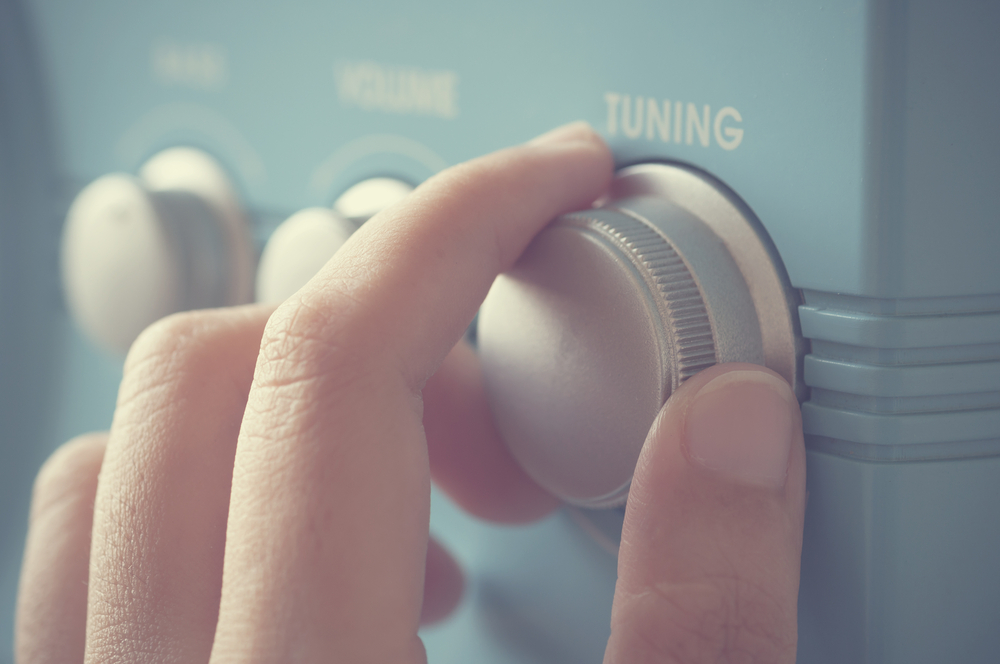In the previous lesson we went over the choice of your wave forms and how this will influence the sound of a patch. Next we will talk about pitching oscillators up and down from each other. In analog a given oscillator’s pitch can be manipulated by octaves semitones or in fractions of a semitone. The detune knob adjusts the pitch by cents which are 1/100 of a semitone. On other synthesizers you may see this parameter referred to as fine tuning.
The layering and tuning of oscillators is a cornerstone concept of sound design. One of the most common configurations is setting two oscillators one octave apart. Think about it like playing octaves up and down a piano using your pinky and thumb with your hand spread out.
Slight de-tuning of oscillators is another commonly employed technique. By spreading the tuning of two oscillators only 4 or 5 cents up and down from each other you create a sound that instantly has the effect of girth and stereo width. Octave spread, and detuning are both excellent for creating bass patches.
One final tuning that is common is to move pitches relative to each other so they form chords. By pitching oscillator one up seven semitones from oscillator 2 you can create a chord-like sound resulting from playing only one note on the keyboard. This can create very fat and complex sounding tones but be wary as some times the results will not always sound pleasing to the ear within the key of a song. None the less this is a great option for sound design that has it’s time and place.


A second quick trick for improving a sound is the Unison function found in the global section of the user interface. Unison works by adding multiple layers to a single oscillator and detuning them while spreading them in the stereo field. This gives the effect of many voices singing at once a lot like having background vocals harmonizing around a lead. The sound can be further manipulated within the global shell by increasing the unison voices from 2 to 4.
Analog like many other synths also includes an additional oscillator known as a subharmonic generator, or more commonly referred to simply as a sub. This tool is designed to fill in the lower frequencies of the patch. Typically the sub oscillator is intended to skip the filter and any other effects in order generate clean low end tone to compliment the sound design in the higher frequencies. Too many bells and whistles on a very low note will certainly make for a muddy mix and it’s not recommended. Analog’s sub oscillator sounds great and is easy to use. To activate the sub click onto one of the oscillators and turn up the level amount within the oscillator shell. This is an awesome option for adding sub to a patch without having to bog down CPU with a repetitive instance of analog or another synthesizer.
SUMMARY
The purpose of this tutorial was to cover the function of the tuning controls that are available on each of Analog’s oscillators. The stacking and tuning of the oscillators is another early decision in patch creation that’s going to have a big impact on your final design. Unison and the addition of a sub are also great instant gratification effects that can take your patch to the next level.
Within your own instance of Analog you can quickly see how much fun playing with these pitch parameters can be in sound design. Take some time experimenting with all the parameters that have been covered so far including waveform type, pitch, and unison. The key to great sound design, and any art for that matter, is playful experimentation.
